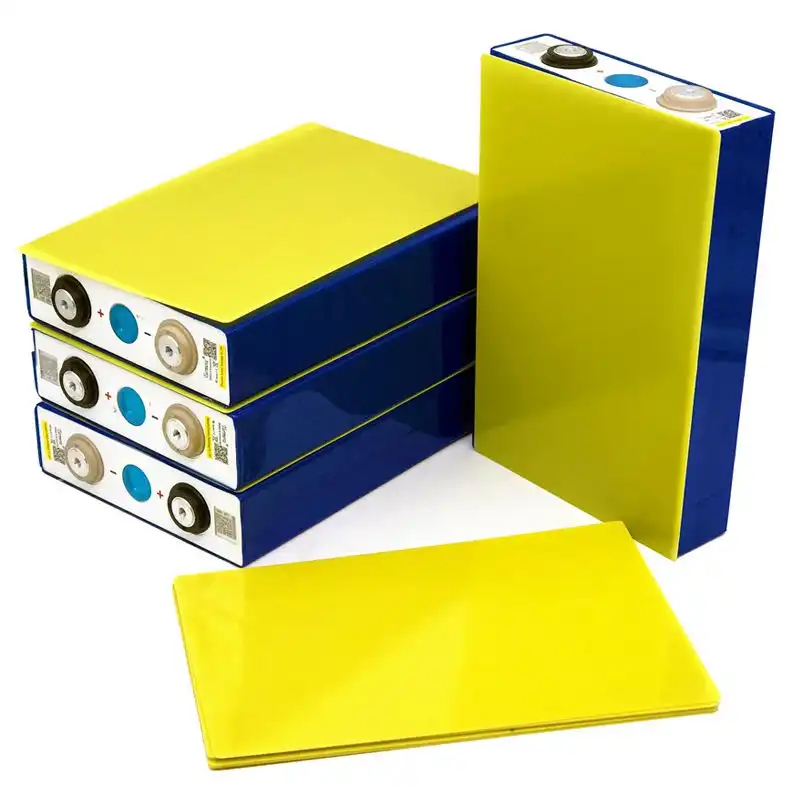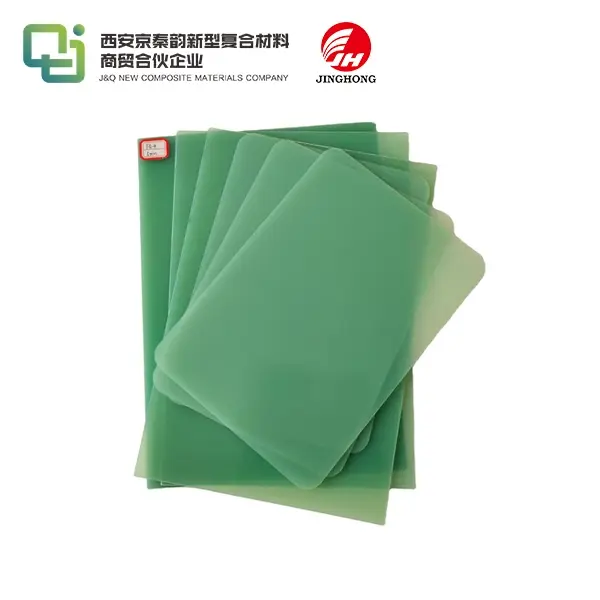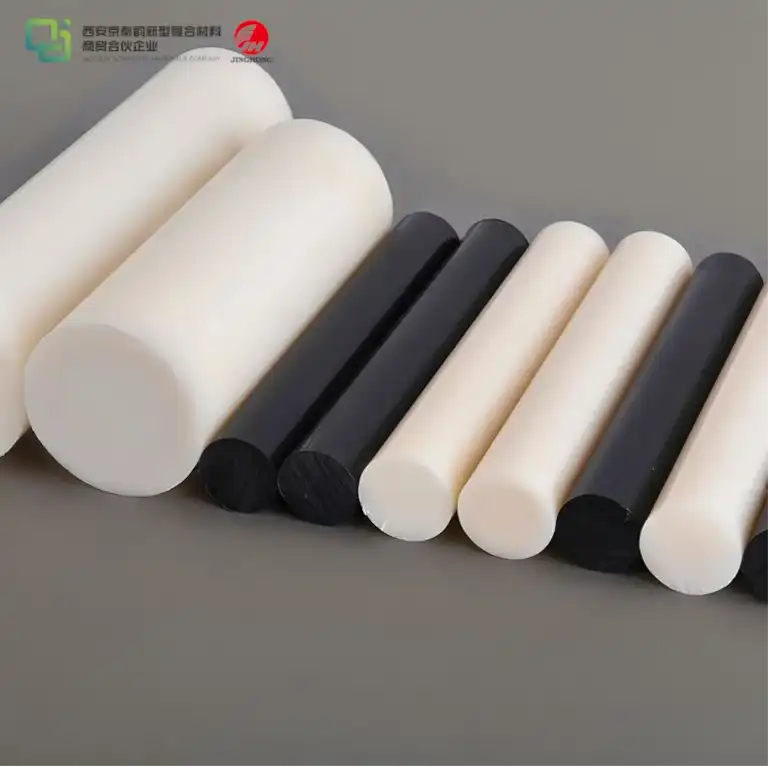How strong is Epoxy Fiberglass Tube?
2024-08-16 16:35:36
Epoxy fiberglass tubes are renowned for their exceptional strength and durability, making them a popular choice in various industries. These composite materials combine the best properties of epoxy resin and fiberglass, resulting in a product that offers remarkable performance in demanding applications. In this comprehensive guide, we'll explore the strength of epoxy fiberglass tubes, their unique properties, and the factors that contribute to their robust nature.
|
|
Basic Information: |
| Contact Us | |
Understanding the Composition of Epoxy Fiberglass Tubes
To truly appreciate the strength of epoxy fiberglass tubes, it's essential to understand their composition and how it contributes to their overall performance.
The Role of Epoxy Resin
The matrix that holds the fiberglass reinforcement together in epoxy fiberglass tubes is epoxy resin. The low shrinkage during curing of this thermosetting polymer is well-known for its superior adhesion properties, resistance to chemicals, and other factors. The shape of the tube is created by the epoxy matrix, which also transfers loads between the fibers and shields the fiberglass from the elements.
Fiberglass Reinforcement
In epoxy fiberglass tubes, the primary reinforcement material is glass, which is made up of thin strands of glass fibers. To achieve maximum stiffness and strength, these fibers are arranged in specific orientations. The dimensional stability, impact resistance, and high tensile strength of the tube are all due to the fiberglass component.
Synergy Between Epoxy and Fiberglass
The combination of fiberglass and epoxy resin results in a composite material that is more durable than the individual components. Epoxy fiberglass tubes outperform a number of conventional materials in terms of strength-to-weight ratio and durability thanks to this synergy, which is essential to their exceptional strength.
Quantifying the Strength of Epoxy Fiberglass Tubes
Epoxy fiberglass tubes are widely recognized for their exceptional mechanical properties, making them indispensable in various industrial and structural applications. Understanding the specific strengths of these tubes is crucial for engineers and designers to optimize their use in different scenarios.
Tensile Strength
Tensile strength is a primary indicator of a material's ability to resist breaking under tension. Epoxy fiberglass tubes boast impressive tensile strength, generally ranging between 200 to 400 MPa. This strength ensures that the tubes can endure significant pulling or stretching forces without fracturing, making them ideal for applications that demand high resistance to tensile loads. Whether used in aerospace, automotive, or construction industries, these tubes provide reliable performance under tension, contributing to the longevity and safety of the structures they support.
Compressive Strength
Compressive strength measures a material's capacity to withstand axial loads that tend to reduce its size. Epoxy fiberglass tubes typically offer compressive strengths from 150 to 300 MPa. This property is critical in applications where the tubes are subjected to crushing forces or heavy loads. The ability to maintain structural integrity under such conditions makes these tubes suitable for use in load-bearing columns, support beams, and other structural components where maintaining shape and stability under pressure is paramount.
Flexural Strength
Flexural strength, or the ability to resist deformation under bending, is equally essential for epoxy fiberglass tubes. With flexural strengths ranging from 200 to 400 MPa, these tubes are well-equipped to handle lateral forces and bending moments. This characteristic is vital in applications where the tubes must retain their shape despite being subjected to varying forces, such as in bridge supports, wind turbine blades, or piping systems. The combination of tensile, compressive, and flexural strengths in epoxy fiberglass tubes underscores their versatility and effectiveness in a wide range of demanding environments.

Factors Influencing the Strength of Epoxy Fiberglass Tubes
Several factors contribute to the overall strength and performance of epoxy fiberglass tubes. Understanding these variables is crucial for optimizing their use in different applications.
Fiber Volume Fraction
The ratio of fiberglass reinforcement to epoxy resin, known as the fiber volume fraction, significantly impacts the strength of epoxy fiberglass tubes. Generally, a higher fiber volume fraction results in increased strength and stiffness. However, there's an optimal range beyond which additional fibers may not improve performance due to insufficient resin for proper bonding.
Fiber Orientation
The arrangement of fiberglass fibers within the epoxy matrix plays a crucial role in determining the tube's strength characteristics. Fibers can be oriented in various directions, including unidirectional, bidirectional, or multidirectional layouts. Each configuration offers different strength properties, allowing for customization based on specific application requirements.
Manufacturing Process
The method used to produce epoxy fiberglass tubes can significantly affect their strength. Common manufacturing techniques include filament winding, pultrusion, and hand lay-up. Each process has its advantages and can influence the final strength properties of the tube. For instance, filament winding often results in tubes with superior hoop strength, while pultrusion can produce tubes with excellent longitudinal properties.
Conclusion
In conclusion, epoxy fiberglass tubes demonstrate exceptional strength characteristics, making them a versatile and reliable choice for numerous applications. Their unique composition, combining the best properties of epoxy resin and fiberglass, results in a material that offers high tensile, compressive, and flexural strengths. By understanding the factors that influence their strength, engineers and designers can optimize epoxy fiberglass tubes for specific requirements, ensuring optimal performance in diverse industrial settings.
If you're interested in learning more about our Epoxy Fiberglass Tubes or any of our other insulating products, we invite you to reach out to us. Our team of experts is ready to assist you with any questions or inquiries you may have. Contact us today at info@jhd-material.com to discover how our epoxy fiberglass tubes can meet your specific needs and enhance your projects.
References
1. Johnson, A. R., & Smith, B. T. (2019). Mechanical Properties of Epoxy Fiberglass Composites: A Comprehensive Review. Journal of Composite Materials, 53(12), 1689-1710.
2. Zhang, L., & Chen, X. (2020). Advanced Manufacturing Techniques for Epoxy Fiberglass Tubes. Composites Science and Technology, 188, 107973.
3. Brown, E. M., & Davis, R. K. (2018). Factors Affecting the Strength of Epoxy Fiberglass Composites. Materials Today: Proceedings, 5(9), 17685-17694.
4. Thompson, C. L., & Wilson, D. P. (2021). Applications of Epoxy Fiberglass Tubes in Modern Engineering. Advanced Engineering Materials, 23(5), 2000845.
5. Lee, S. H., & Park, J. Y. (2017). Optimization of Fiber Orientation in Epoxy Fiberglass Tubes for Enhanced Mechanical Properties. Composite Structures, 160, 419-427.
6. Garcia, M. A., & Rodriguez, F. T. (2022). Recent Advancements in Epoxy Fiberglass Tube Technology. Progress in Materials Science, 124, 100721.








